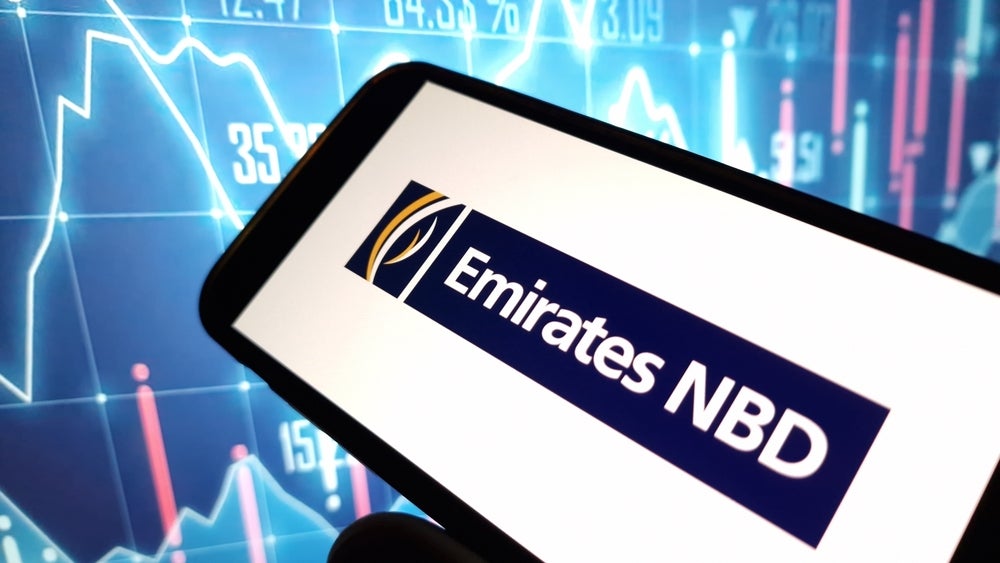Private equity has proven itself incredibly resilient, creative and fleet of foot. Since the 1980s the industry has reinvented itself time and again and that will continue to be the case. However, maybe it is time for private equity to consider brand design. Jon Crane writes
The current headwinds of global strife, economic downturn, supply chain disruption, declining productivity and growing inequality are well documented. Accepted wisdom is that the past 30 to 40 years were an aberration and we should get used to the way the world looks today.
There’s an even bigger crisis coming our way
But business, and that includes private equity, is having to face up to an even bigger macro challenge. Corporations and the brands they own are rethinking how they define, measure and ultimately pursue growth.
We’re not talking about slight shifts in the value creation dial, we’re talking about a wholesale revision of corporate growth strategies. If growth is your industry’s north star – here’s looking at you, PE – that’s a pretty significant conversation you’ll need to be part of.
There have been plenty of signs of what’s coming our way for years. The publication of Doughnut economics by Kate Raworth; the noisy conversations around ESG strategies and B Corp status all point to a seismic shift in how growth will be engineered and delivered in the near future. There’s a new world emerging and we all still need to do much better, much faster. Consumers are further along the journey and piling pressure on brands to meet their needs.
Growth fundamentals are changing
A realisation that the planet’s resources are finite means that business has finally accepted it cannot continue to think about growth as it always has.
Different sectors are closer or further from the point of no return. If you’re in travel or winter sports, you might only have five years until the total unreliability of snowfall in peak season means your business model is dead in the water. What you do next will seal your fate or guarantee survival.
The challenge is so immense because almost no-one in business today has really known any other kind of growth model. Re-invention is the order of the day and PE can and should play a role in this massive realignment.
Why brand design can be part of the answer
In the work that we’ve done with our PE partners over the last two decades, we’ve shown how brands can be designed as part of a very deliberate process to drive enterprise value – we’ve done it for global names including Arc’teryx, Monos, Simond and Levi’s among others.
Brand design can unlock new markets, new consumers and NPD, or help migrate into a premium positioning and therefore command a higher price point to grow profit margins / EBIT. Today, almost all the PEs we work with have a strong understanding of brand design and its role in generating enterprise value as a key tenet of the future.
Given the proven ability of brand design to drive a commercial outcome, we believe it should be central to how brands navigate a new era of growth and growth metrics. As boardrooms around the
world (and their PE investors) ask themselves: “how can we grow and drive profits while making less “stuff” – brand design can be part of the answer. The discipline can help a brand recalibrate, repurpose and reintroduce itself to consumers who demand that corporate growth be redefined in the context of saving the planet’s resources – even if they wouldn’t quite use these words!
It’s do or die for private equity and brand design
We’ve got some stark choices. If we stop making and buying stuff, the planet survives, but brands and the companies that own them will stagnate or worse and people will get poorer. So how do we grow without making more stuff? How do we design brands to thrive and drive a new kind of growth ‘Beyond Zero’?
We call it ‘Regenerative Brand Design’ and it’s based on reducing a brand’s dependence on physical production that uses the world’s resources. It’s work in progress and we’re humble enough to know we don’t have all the answers, but we believe this concept should sit at the heart of how we rethink growth strategies. It is a transition, led by brand design thinking, away from the traditional activities of sourcing, manufacturing and functionality to an ethos and practice built around knowledge, intelligence and experience.
The PEs we work with to build value in brands also recognise we are at a turning point. Chris Reynolds, managing partner/co-founder at Venn Growth Partners tells us that “at the forefront of my team’s mind is the future Gen Z consumer and how if we are to keep them on board, we all need to move to a world where we harness the power of knowledge and experience within a brand to explore the potential growth opportunities outside of traditional channels”.
Forcing the penny to drop
Without stating the obvious, we’ve reached a point where we no longer have a choice; production and consumption have to be re-imagined as part of a new route to growth and profitability.
Consumers are already on a journey where they increasingly choose to express themselves through what they do, rather than what they have. When trust in institutions and companies is at an all-time low, they exercise their power by buying the change they want to see.
Jon Crane is the client and commercial director at FreshBritain








